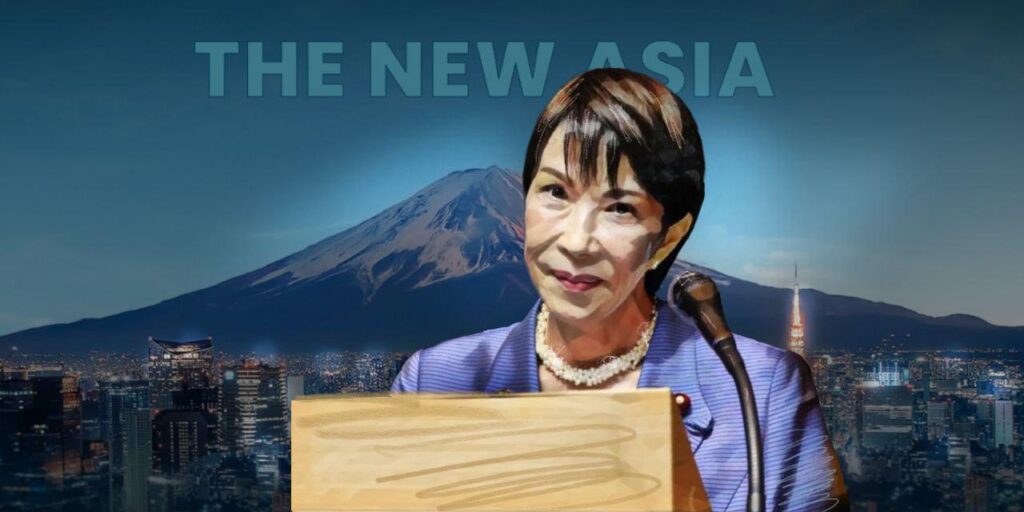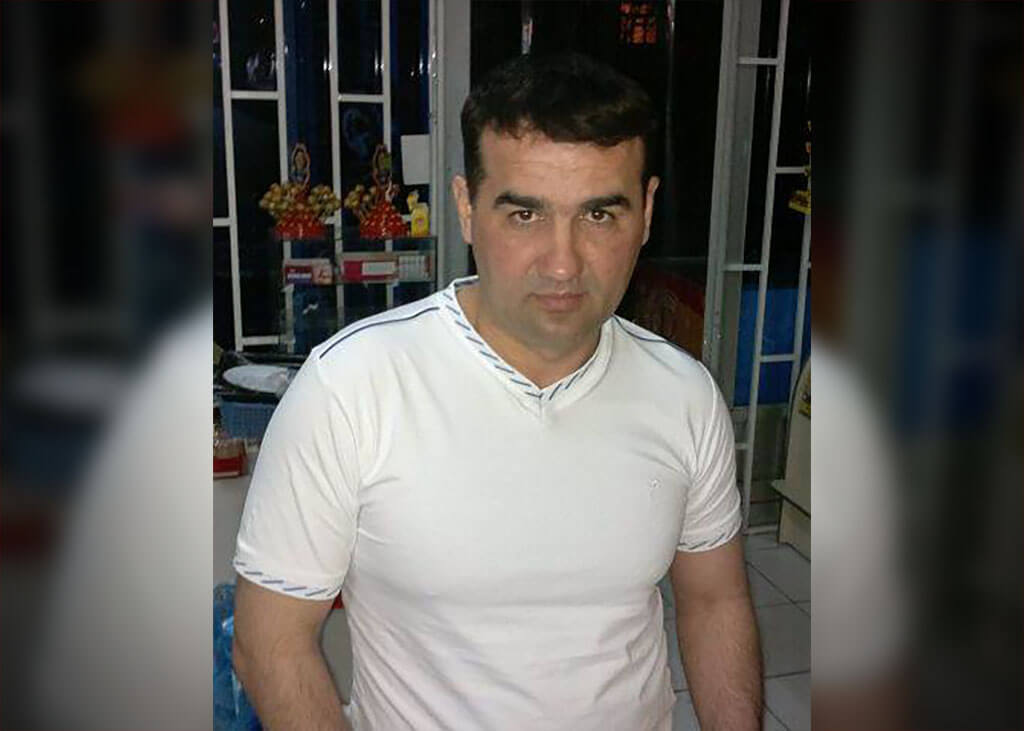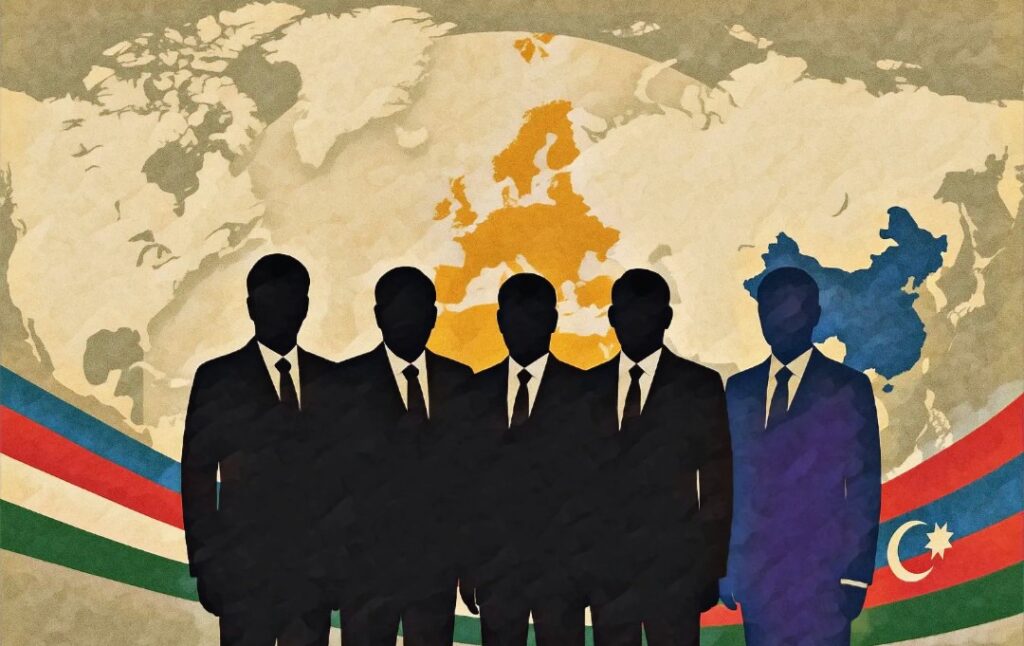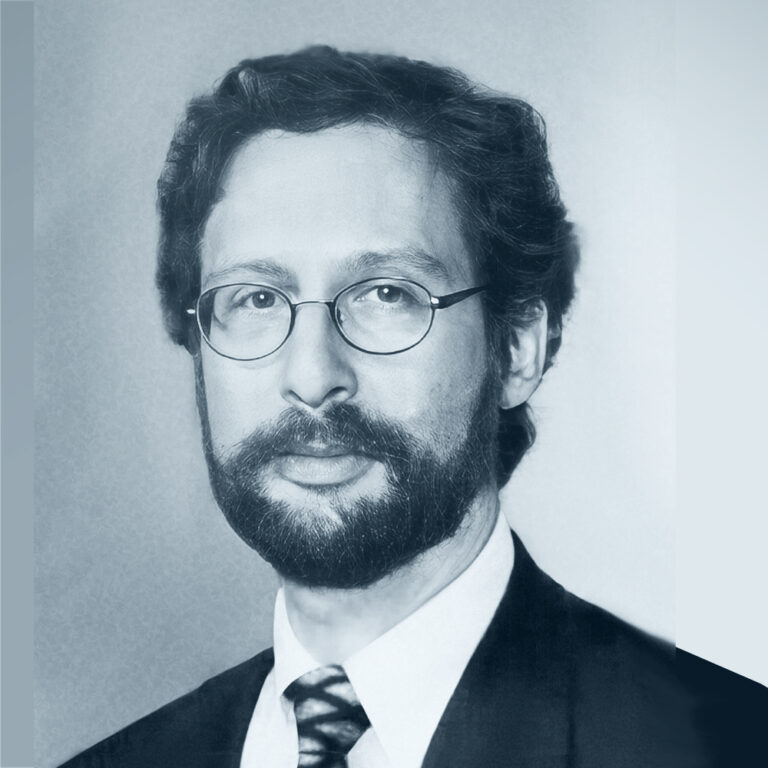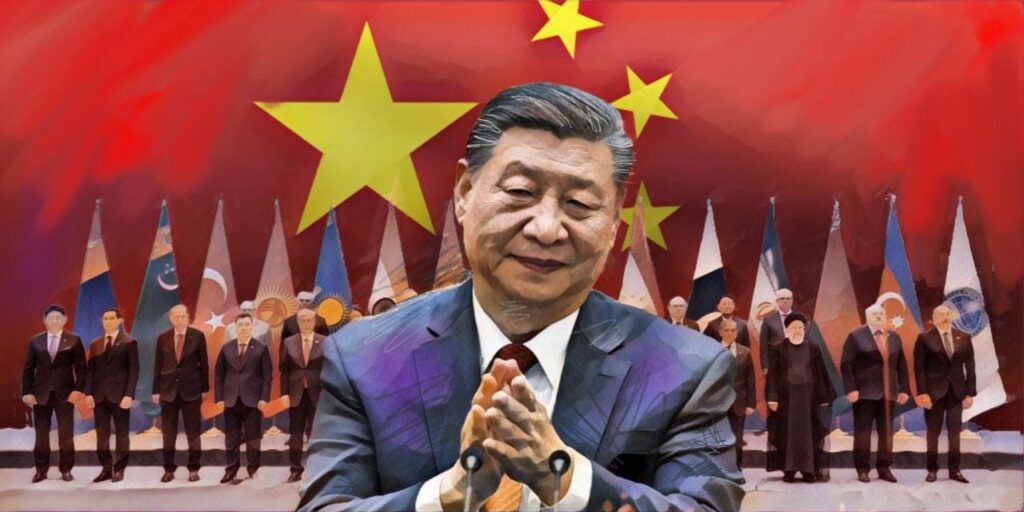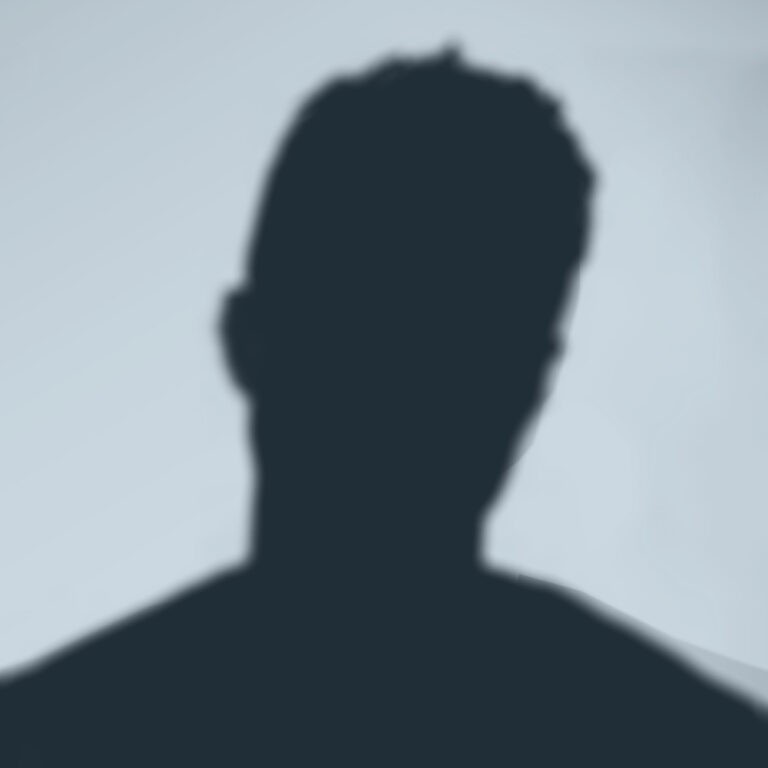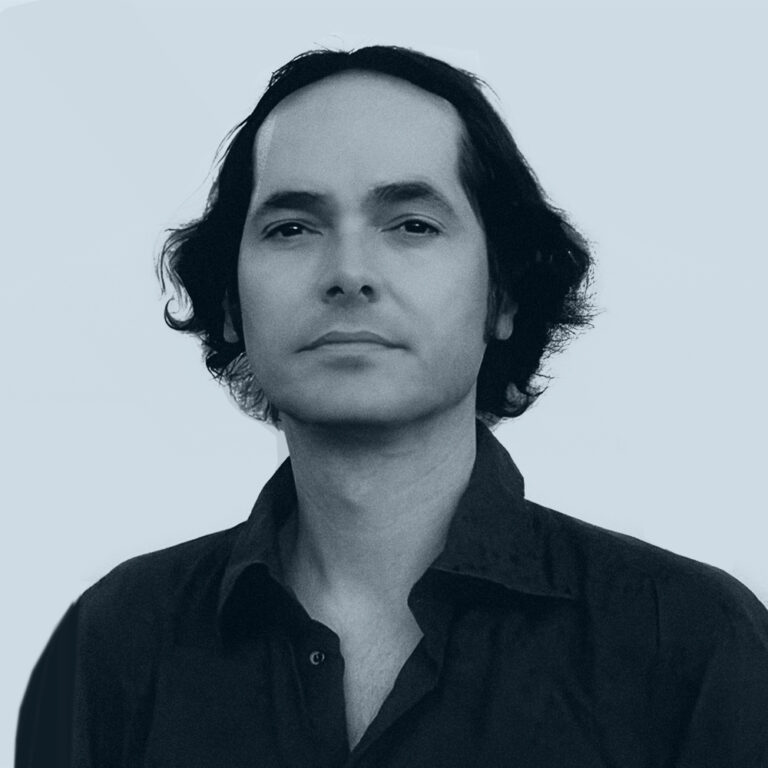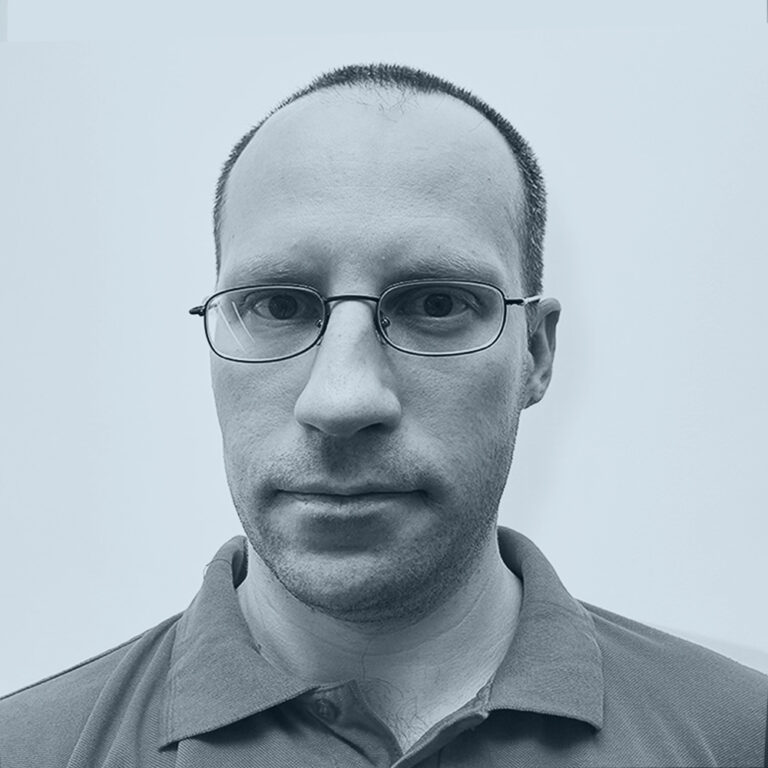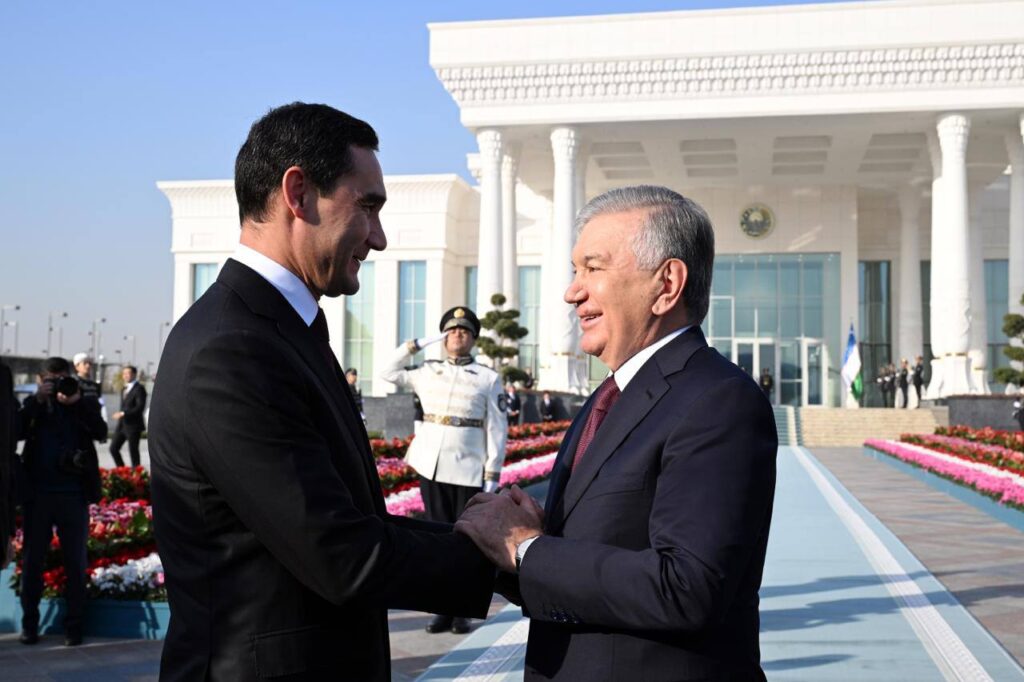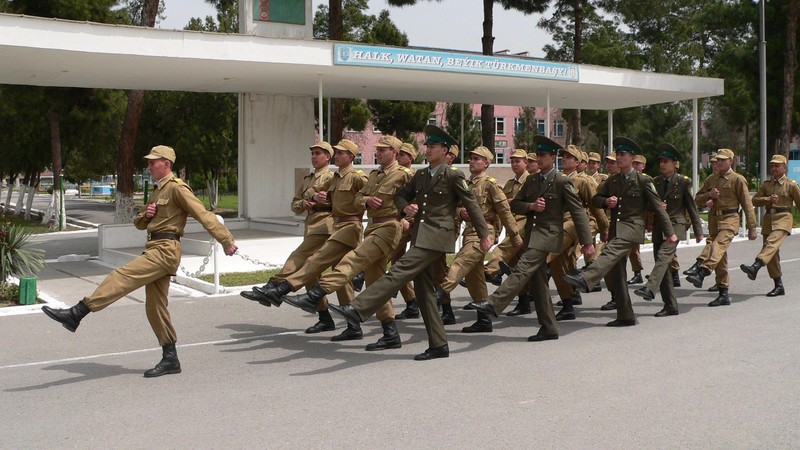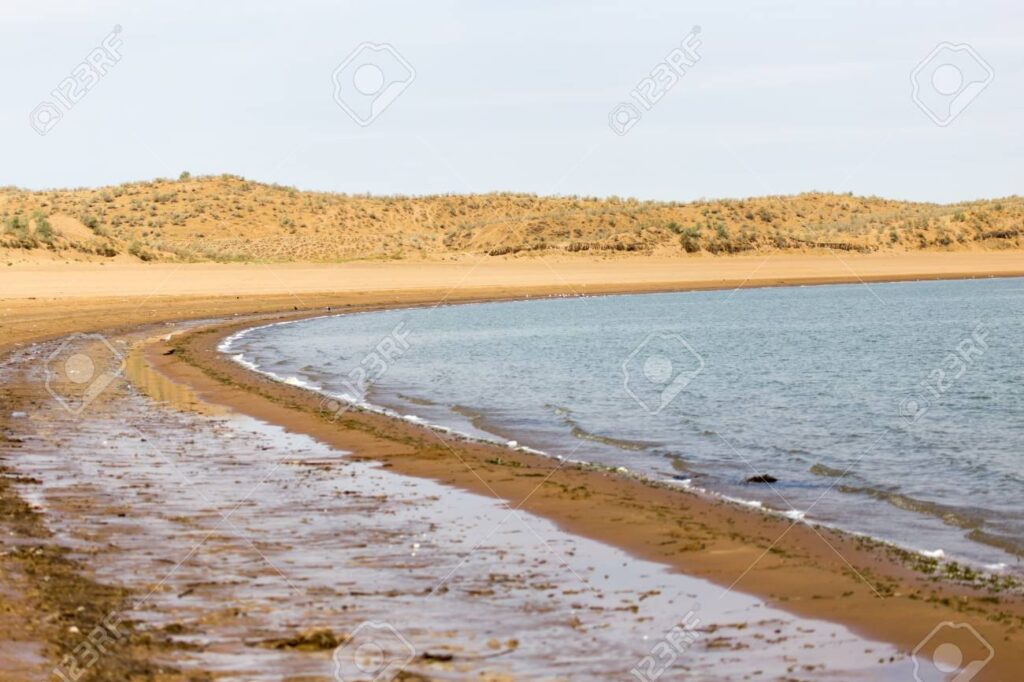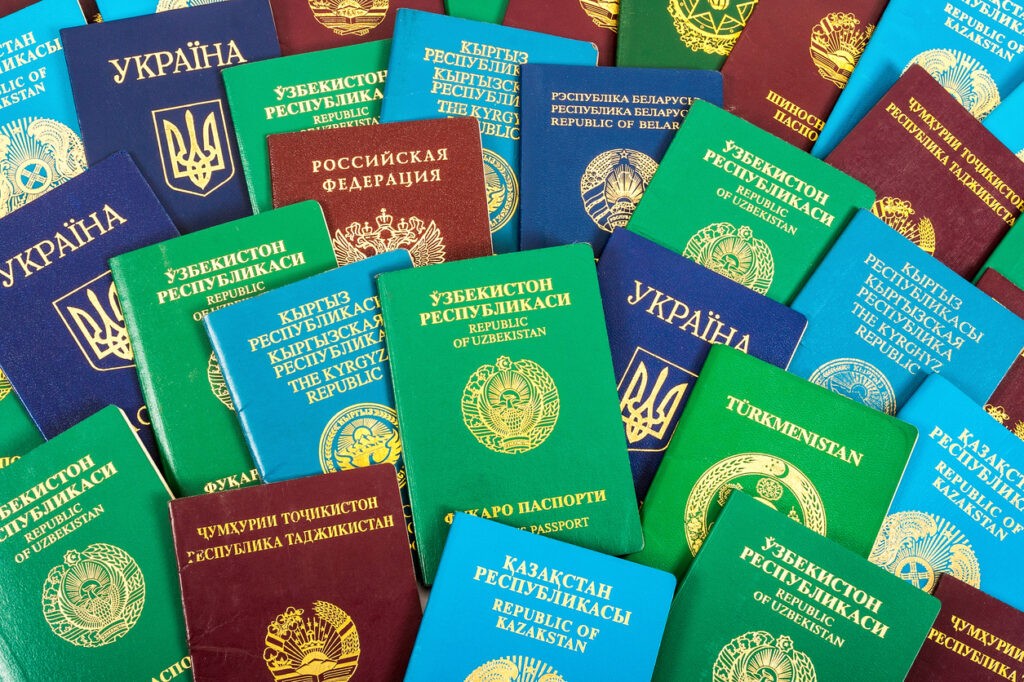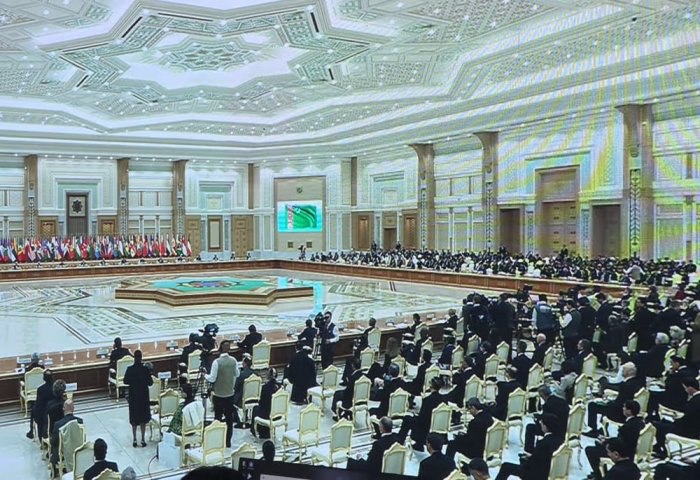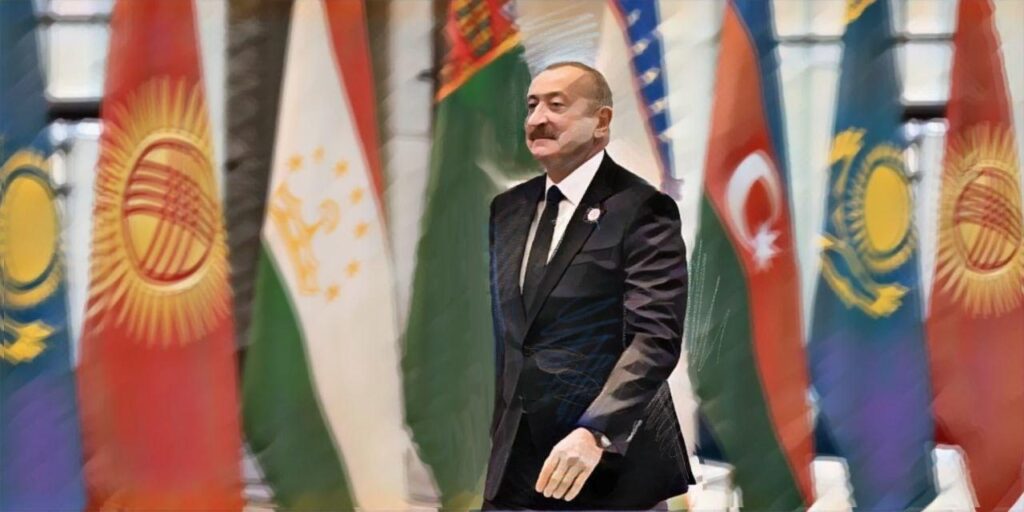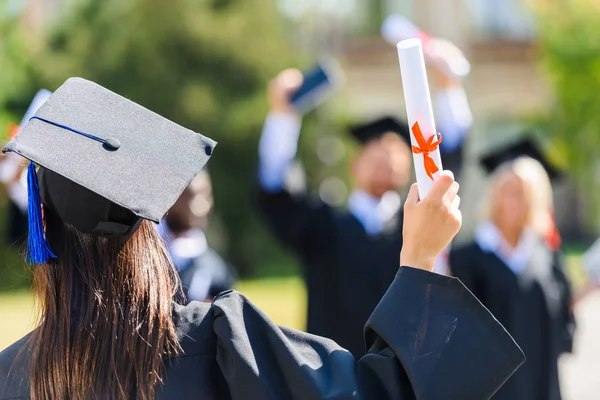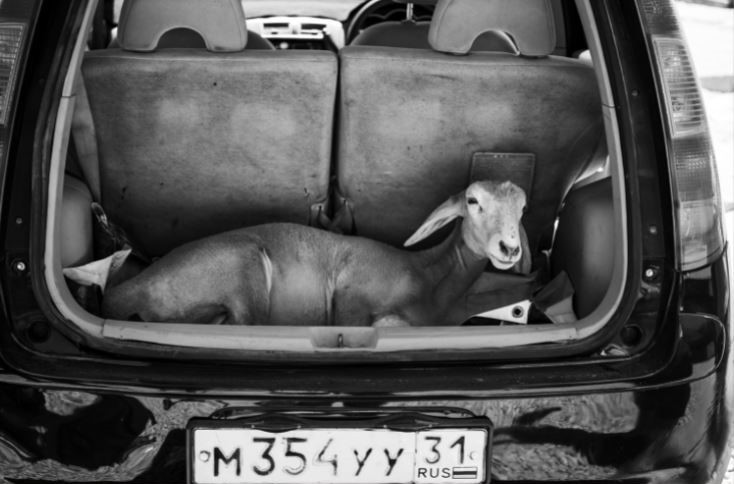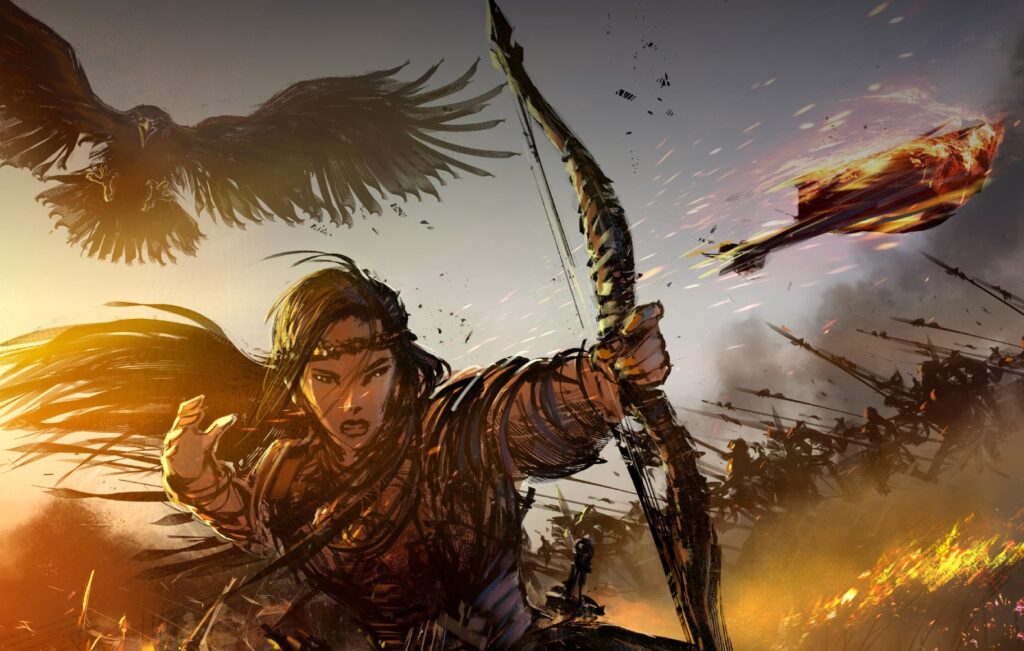Japan Steps Out of the Shadows With First Central Asia Leaders’ Summit
On December 19-20, Tokyo will host a landmark summit poised to reshape Eurasian cooperation. For the first time in the 20-year history of the “Central Asia + Japan” format, the dialogue is being elevated to the level of heads of state. For Japan, this represents more than a diplomatic gesture; it signals a shift from what analysts often describe as cautious “silk diplomacy” to a more substantive political and economic partnership with a region increasingly central to global competition over resources and trade routes. The summit will be chaired by Japanese Prime Minister Sanae Takaichi. The leaders of all five Central Asian states, Kazakhstan, Kyrgyzstan, Tajikistan, Turkmenistan, and Uzbekistan, have confirmed their participation. Alongside the plenary session, bilateral meetings and a parallel business forum are scheduled to take place. Why Now? Established in 2004, the “Central Asia + Japan” format has largely functioned as a platform for foreign ministers and technical cooperation. According to Esbul Sartayev, assistant professor at the Center for Global Risks at Nagasaki University, raising the dialogue to the head-of-state level marks a deliberate step by Japan to abandon its traditionally “secondary” role in a region historically dominated by Russia and China. This shift comes amid a changing geopolitical context: disrupted global supply chains, intensifying competition for critical and rare earth resources, and a growing U.S. and EU presence in Central Asia. In this environment, Tokyo is promoting a coordinated approach to global order “based on the rule of law”, a neutral-sounding phrase with clear geopolitical resonance. Unlike other external actors in Central Asia, Japan has historically emphasized long-term development financing, technology transfer, and institutional capacity-building rather than security alliances or resource extraction. Japanese engagement has focused on infrastructure quality, human capital, and governance standards, allowing Tokyo to position itself as a complementary partner rather than a rival power in the region. Economy, Logistics, and AI The summit agenda encompasses a range of priorities: sustainable development, trade and investment expansion, infrastructure and logistics, and digital technology. Notably, the summit is expected to include a new framework for artificial intelligence cooperation aimed at strengthening economic security and supply chain development. It is also likely to reference expanded infrastructure cooperation, including transport routes linking Central Asia to Europe. As a resource-dependent country, Japan sees Central Asia as part of its evolving “resource and technological realism” strategy. For the Central Asian states, this presents a chance to integrate into new global value chains without being relegated to the role of raw material suppliers. Kazakhstan: Deals Worth Billions The summit coincides with Kazakh President Kassym-Jomart Tokayev’s official visit to Japan from December 18-20. During the visit, more than 40 agreements totaling over $3.7 billion are expected to be signed. These span energy, renewables, digitalization, mining, and transport. Participants include Samruk-Kazyna, KEGOC, Kazatomprom, KTZ, and major Japanese corporations such as Marubeni, Mitsubishi Heavy Industries, Toshiba, and JOGMEC. Japan’s ambassador to Kazakhstan, Yasumasa Iijima, has referred to Kazakhstan as a future Eurasian transport and logistics hub, highlighting its strategic role in developing the Trans-Caspian route and the Middle Corridor. Uzbekistan and the Wider Regional Stake In the past decade, Uzbekistan has significantly deepened its economic ties with Japan. Between 2017 and 2024, bilateral trade increased 2.3 times to $388.6 million, with a 64% surge recorded in 2024 alone. There are now 121 Japanese capital companies operating in the country, with cumulative Japanese investment and loans over this period reaching $184 million. Key areas of future cooperation include green transformation, digitalization, and human capital development. Kyrgyzstan views the C5+1 format as a tool to enhance its diplomatic leverage through regional solidarity. Its priorities include renewable energy, ecology, sustainable tourism, and educational exchanges. Tajikistan and Turkmenistan, meanwhile, are primarily interested in Japanese investment and technology in the energy sector. Geoeconomics Without Confrontation Although the summit is civilian in nature, its agenda also touches on security, ranging from stability in Afghanistan to climate and water-related risks. Analysts note that Japan is offering a model of engagement that avoids coercive political demands or military ambitions, instead emphasizing institutional partnerships, technological cooperation, and human resource development, an approach which has been described as "trust-building diplomacy.” More broadly, the Central Asia + Japan format enhances Central Asia’s agency, allowing the region to present a unified voice and reduce dependency on asymmetric relationships with great powers. For Tokyo, it is an opportunity to carve out a stable, long-term role in a region where geoeconomics increasingly outweighs geopolitics. For Central Asian governments, the shift to a leaders-level summit strengthens their collective bargaining position by reinforcing the region’s ability to engage external partners as a bloc. Speaking jointly allows the five states to elevate shared priorities such as transport connectivity, energy transition, and technology access, while limiting the risks of being drawn into bilateral dependencies with larger powers.
Pannier and Hillard’s Spotlight on Central Asia: New Episode Available Now
As Managing Editor of The Times of Central Asia, I’m delighted that, in partnership with the Oxus Society for Central Asian Affairs, from October 19, we are the home of the Spotlight on Central Asia podcast. Chaired by seasoned broadcasters Bruce Pannier of RFE/RL’s long-running Majlis podcast and Michael Hillard of The Red Line, each fortnightly instalment will take you on a deep dive into the latest news, developments, security issues, and social trends across an increasingly pivotal region. This week, we're unpacking Turkmenistan's Neutrality Summit, a rare moment where a string of big names quietly rolled into Ashgabat, and where the public messaging mattered just as much as the backroom deals. We'll also cut through the noise on the latest reporting from the Tajik–Afghan border, where misinformation is colliding with real security developments on the ground. From there, we'll take a hard look at the results of Kyrgyzstan's elections, what they actually tell us about where Bishkek is heading next, and what they don't, before examining the looming power rationing now shaping daily life and political pressure in two Central Asian states. And to wrap it up, we're joined by two outstanding experts for a frank conversation on gendered violence in Central Asia: what's changing, what isn't, and why the official statistics may only capture a fraction of the reality. On the show this week: Daryana Gryaznova (Equality Now) Svetlana Dzardanova (Human Rights and Corruption Researcher)
Bishkek to Host Second B5+1 Forum of Central Asia and the U.S.
Kyrgyzstan is preparing to host the second B5+1 Forum of Central Asia and the United States, scheduled for February 4-5, 2026, in Bishkek. On December 12, Kyrgyzstan’s Ministry of Foreign Affairs and Ministry of Economy and Commerce held a joint briefing for ambassadors from Central Asian countries and the United States to outline preparations for the event. The B5+1 platform serves as the business counterpart to the C5+1 diplomatic initiative, which unites the five countries of Central Asia – Kazakhstan, Kyrgyzstan, Tajikistan, Turkmenistan, and Uzbekistan – with the United States. Launched by the Center for International Private Enterprise (CIPE) under its Improving the Business Environment in Central Asia (IBECA) program, B5+1 is supported by the U.S. Department of State and aims to foster high-level engagement between business leaders and policymakers. The upcoming forum in Bishkek builds on the outcomes of the C5+1 Summit held in Washington on November 6 this year. Its objective is to deepen U.S.-Central Asia economic cooperation and highlight the private sector’s pivotal role in advancing economic reform across the region. The event is co-hosted by CIPE and the Kyrgyz government. According to organizers, the forum’s agenda will focus on key sectors including agriculture, e-commerce, information technology, transport and logistics, tourism, banking, and critical minerals. These thematic areas reflect emerging regional priorities and shared interests in enhancing sustainable growth and economic resilience. The B5+1 Forum aims to create a platform for sustained dialogue between governments and private sector actors, encouraging the development of long-term partnerships and policy coordination. The inaugural B5+1 Forum was held in Almaty in March 2024, and brought together over 250 stakeholders from all five Central Asian countries and the United States. The first event centered on regional cooperation and connectivity, with a strong emphasis on empowering the private sector to support the objectives of the C5+1 Economic and Energy Corridors.
Turkmenistan Denies Early Release to Activist Mansur Mingelov Despite Serious Illness
Turkmenistan’s Ministry of Internal Affairs has rejected a request to initiate early release procedures for imprisoned human rights activist Mansur Mingelov, despite his confirmed serious medical diagnosis and the legal provisions that would permit such action. According to an official response dated October 20, the Department for the Enforcement of Sentences under the Ministry of Internal Affairs concluded there were “no grounds” for early release. The response followed appeals by Mingelov’s family to the Prosecutor General’s Office and the Ministry of Internal Affairs, citing his deteriorating health and referencing multiple legal articles supporting their request. Mingelov, who has been imprisoned since 2012, was convicted after defending his own rights and those of the Baloch minority in Turkmenistan. His family cited Article 76 of the Criminal Code (“Release from punishment due to serious illness”) and Article 166 of the Criminal Enforcement Code (“Grounds for release from serving a sentence”), as well as Presidential Decree No. 202 of May 11, 2017, which outlines the medical criteria for such releases. In mid-2024, a commission from the Ministry of Health officially diagnosed Mingelov with tuberculous arthritis in both knees, a condition that, according to doctors, cannot be treated inside Turkmenistan. He is currently being held at the MR-B/15 prison hospital. Notably, Vepa Hajiyev, Turkmenistan’s permanent representative to the United Nations, publicly acknowledged Mingelov’s diagnosis and affirmed that national legislation provides for the release of prisoners with serious illnesses upon court approval. Under existing law, a court can only consider such cases after receiving a joint submission from the prison monitoring commission and the sentencing authority - a process Mingelov’s family attempted to initiate but which authorities declined to advance. Despite the official diagnosis and detailed legal framework, no follow-up medical examination or formal review of Mingelov’s health condition has been conducted, according to the independent outlet, turkmen.news. Mingelov's relatives argue that the Ministry’s refusal is not based on medical or legal grounds, but rather political calculation. They note that Mingelov has served more than half of his sentence, one they consider to be politically motivated and unlawful, and that his condition meets all criteria for early release. In their view, the key decision lies with Turkmen President Serdar Berdimuhamedov. Human rights organizations and family members suggest that releasing Mingelov, along with other political prisoners, could help improve Turkmenistan’s international standing by showing a willingness to respect its own laws and humanitarian obligations. For now, the contradiction remains stark: the illness is acknowledged, the law is in place, and the legal procedure is defined, yet no action has been taken.
Turkmenistan Marks 30 Years of Neutrality
On December 12, 2025, Turkmenistan marks the 30th anniversary of a UN decision granting Turkmenistan the status of a neutral country.
Defining what “permanent neutrality” means for Turkmenistan is impossible, as it is a flexible term used to justify a range of policies, both domestic and foreign. This vague special status has not provided many benefits, but has helped Turkmenistan’s leadership isolate the country and create one of the most bizarre and repressive forms of government in the world today.
Last Item on the Day’s Agenda
On Tuesday, December 12, 1995, the UN General Assembly’s (UNGA) 90th plenary meeting reconvened at 15:20 to consider items 57 to 81 on its agenda. Item 81 was the draft resolution on “permanent neutrality of Turkmenistan.”
The UNGA president at that time, Freitas do Amaral, noted to the Assembly that the draft resolution “was adopted by the First Committee without a vote,” and asked if the Assembly wished “to do likewise.” The Assembly did, and after a few brief remarks about the next Assembly meeting on December 14, the session ended at 18:05.
That is how the UN officially granted Turkmenistan the status of neutrality.
A Great Event
The passing of the resolution on Turkmenistan’s neutrality status might have been a case of going through the motions at the UN, but it was a huge event in Turkmenistan.
Turkmenistan’s first president, Saparmurat Niyazov, had been campaigning internationally for his country to have “positive” neutrality status since 1992. After this was accomplished, Niyazov often proclaimed this special UN recognition as a great achievement for the country and for himself personally.
[caption id="attachment_40725" align="aligncenter" width="2560"]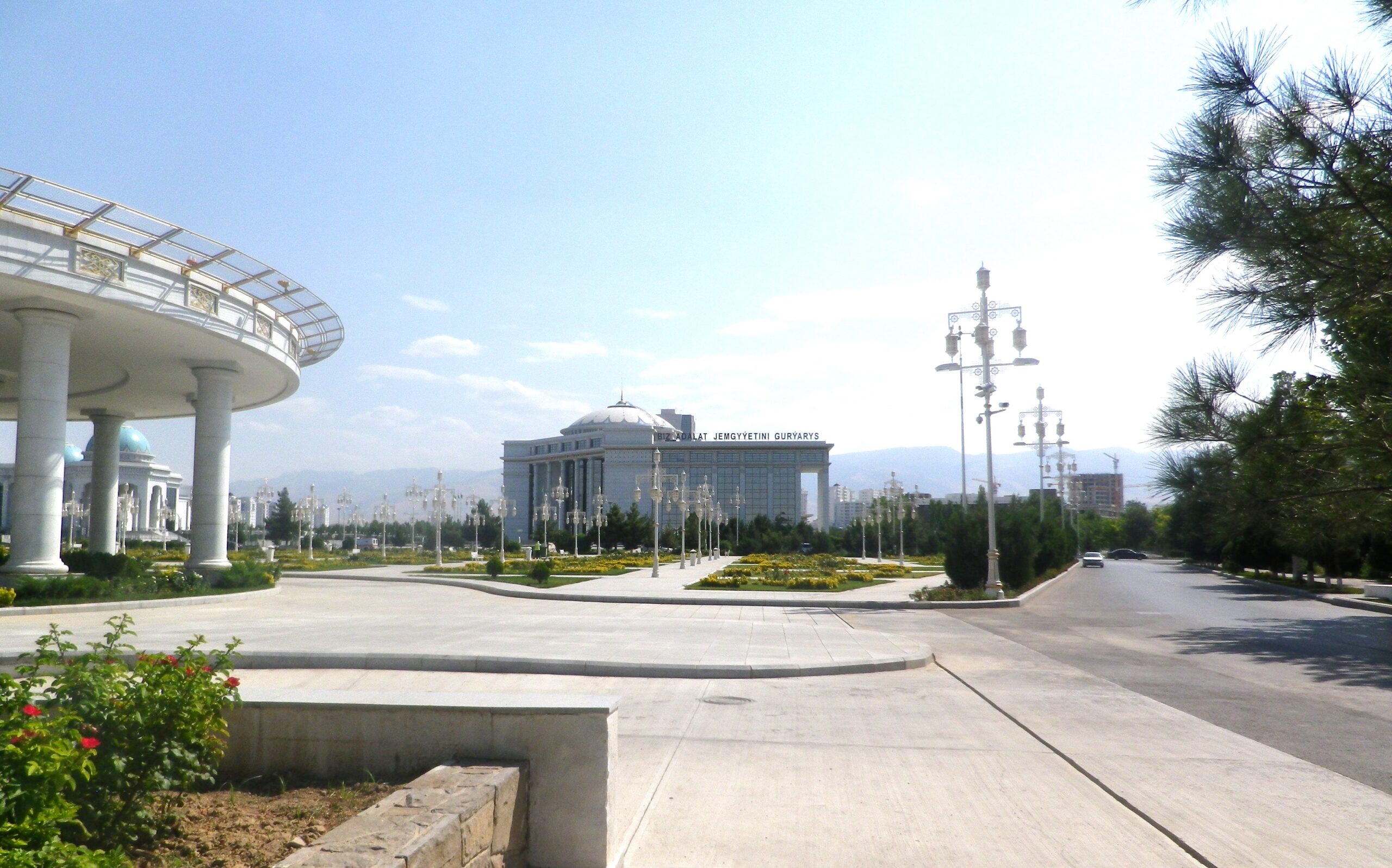 Ashgabat’s Independence Square, previously known as Neutrality Square and originally as Karl Marx Square; image: TCA, Stephen M. Bland[/caption]
December 12 was quickly announced as a national holiday. On the first anniversary of the UN decision in 1996, the former Karl Marx Square in Ashgabat was renamed “Neutrality Square.” Shortly after, an olive branch motif was added to Turkmenistan’s national flag, symbolizing the country’s neutral status.
In 1998, on the third anniversary of UN-recognized neutrality, the 75-meter-high Arch of Neutrality was unveiled in Ashgabat. A 12-meter gold statue of Niyazov that rotated to face the direction of the sun crowned the structure.
Niyazov died in December 2006, and in 2010, the Arch of Neutrality was moved from the city center to the outskirts of the Turkmen capital and unveiled again on December 12, 2011. It has been undergoing renovation and will be unveiled yet again on the 30th anniversary of neutrality.
[caption id="attachment_40726" align="aligncenter" width="2099"]
Ashgabat’s Independence Square, previously known as Neutrality Square and originally as Karl Marx Square; image: TCA, Stephen M. Bland[/caption]
December 12 was quickly announced as a national holiday. On the first anniversary of the UN decision in 1996, the former Karl Marx Square in Ashgabat was renamed “Neutrality Square.” Shortly after, an olive branch motif was added to Turkmenistan’s national flag, symbolizing the country’s neutral status.
In 1998, on the third anniversary of UN-recognized neutrality, the 75-meter-high Arch of Neutrality was unveiled in Ashgabat. A 12-meter gold statue of Niyazov that rotated to face the direction of the sun crowned the structure.
Niyazov died in December 2006, and in 2010, the Arch of Neutrality was moved from the city center to the outskirts of the Turkmen capital and unveiled again on December 12, 2011. It has been undergoing renovation and will be unveiled yet again on the 30th anniversary of neutrality.
[caption id="attachment_40726" align="aligncenter" width="2099"]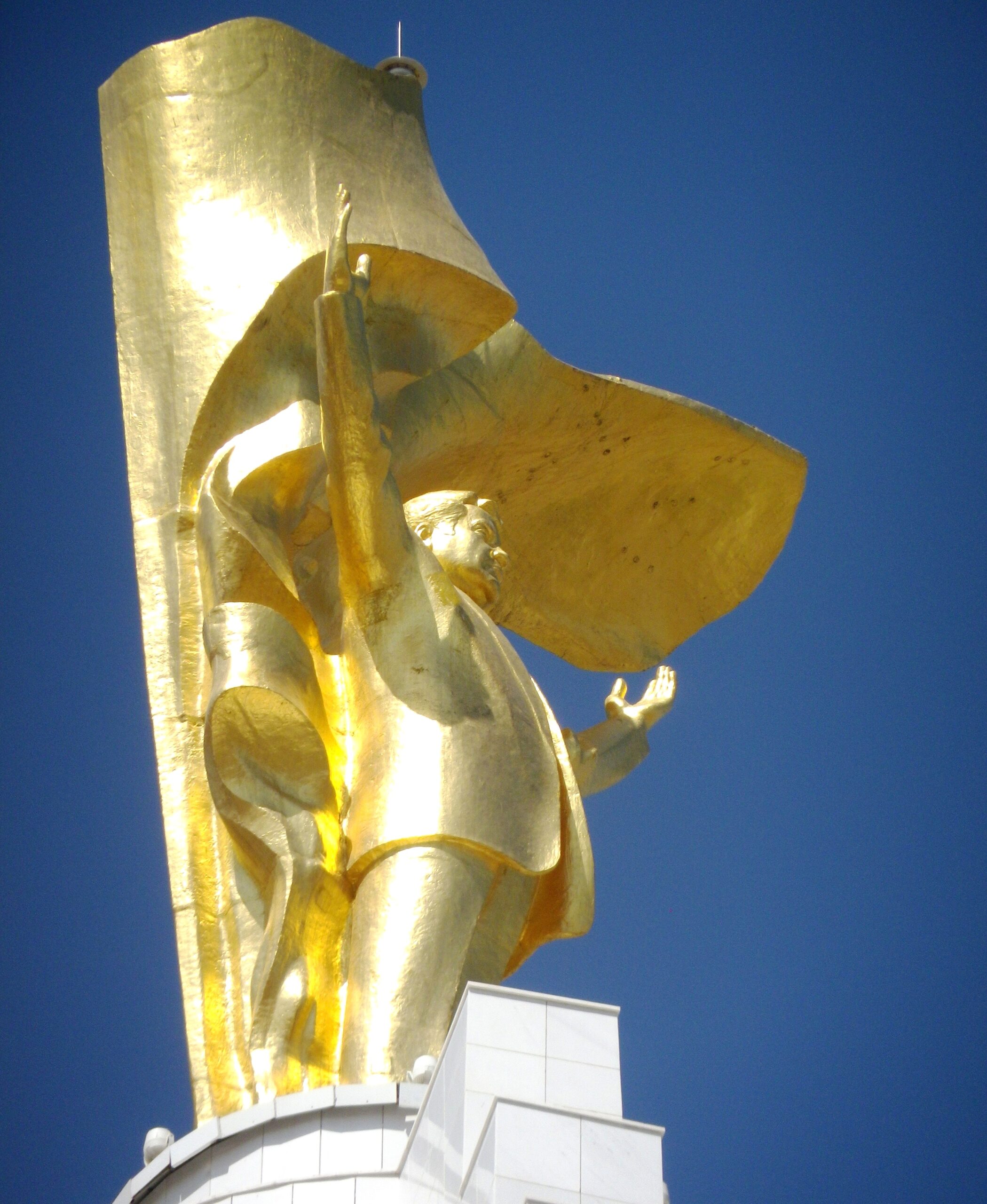 Former-President Niyazov's likeness atop the Arch of Neutrality; image: TCA, Stephen M. Bland[/caption]
In 2002, Niyazov pushed through a law changing the names of the months of the year and days of the week. December became “Bitaraplyk,” the Turkmen word for neutrality, and continued to officially be called that until 2008, when Niyazov’s successor finally revoked the changes and restored the traditional names.
That successor, Gurbanguly Berdimuhamedov, embraced the special permanent neutrality status and, in 2016, ordered it to be enshrined in the new version of the constitution.
Just after Neutrality Day that year, President Berdimuhamedov reprimanded the minister of culture, two deputy prime ministers, and the head of the state committee on television, radio broadcasting, and cinematography for “failing to control the quality” of the holiday concert dedicated to Neutrality Day that was shown on state television.
Neutrality plays a large role in shaping the country.
In late 1996, Turkmenistan published its new military doctrine, which stated that, as a neutral country, Turkmenistan would not enter into any military alliances, would refrain from using force in international relations, and would not interfere in other countries’ internal affairs.
Niyazov used neutrality to avoid attending summits of the Commonwealth of Independent States (CIS) if cooperation in military or security issues was on the agenda.
Another facet of Turkmenistan’s neutrality involved screening the country from the problems of the outside world. The easiest way to avoid becoming entangled in other countries’ internal affairs and preserve Turkmenistan’s neutrality was to limit contact with citizens of other states and their views of world affairs.
The Turkmen authorities gradually increased restrictions for foreigners to enter the country and cut off, as much as possible, access to foreign media outlets and other sources of information emanating from outside Turkmenistan.
State media is the only officially approved source of media inside Turkmenistan. These outlets, including the newspaper Neutralny (Neutral) Turkmenistan, which rarely reports on major world events, focusing instead on the president’s purported wise leadership in managing domestic affairs and the alleged prosperity of Turkmenistan.
Both these claims have always been questionable to the world outside of Turkmenistan.
In the case of Turkmenistan’s relations with its southern neighbor, Afghanistan, neutrality has proven a useful policy. When the Taliban first came to power in Afghanistan in the late 1990s, Turkmenistan’s government was in contact with the Taliban and their opponents. Afghan peace talks were held in Turkmenistan in 1999.
Turkmenistan did not officially recognize the Taliban, but did allow the Taliban to open a representative office in Ashgabat. While the other Central Asian states were preparing for the worst when the Taliban reached the Central Asian border in the late 1990s, Turkmenistan cited its principle of non-interference in the domestic affairs of another country and took no special measures, despite sharing a 744-kilometer border with Afghanistan.
This policy made it easy for Turkmenistan to maintain a dialogue with whoever was ruling Afghanistan.
There is one other noticeable benefit to Turkmen authorities’ reverence for neutrality. Every year, as Neutrality Day approaches, there is an amnesty given to several hundred prisoners, and many of those released should probably never have been put in prison to begin with. This year, 231 “convicted citizens… who acknowledge their guilt and show sincere remorse” will be freed.
An International Occasion
This year’s anniversary celebration should feature some prominent guests, though an official list has not yet been released.
[caption id="attachment_40732" align="aligncenter" width="2560"]
Former-President Niyazov's likeness atop the Arch of Neutrality; image: TCA, Stephen M. Bland[/caption]
In 2002, Niyazov pushed through a law changing the names of the months of the year and days of the week. December became “Bitaraplyk,” the Turkmen word for neutrality, and continued to officially be called that until 2008, when Niyazov’s successor finally revoked the changes and restored the traditional names.
That successor, Gurbanguly Berdimuhamedov, embraced the special permanent neutrality status and, in 2016, ordered it to be enshrined in the new version of the constitution.
Just after Neutrality Day that year, President Berdimuhamedov reprimanded the minister of culture, two deputy prime ministers, and the head of the state committee on television, radio broadcasting, and cinematography for “failing to control the quality” of the holiday concert dedicated to Neutrality Day that was shown on state television.
Neutrality plays a large role in shaping the country.
In late 1996, Turkmenistan published its new military doctrine, which stated that, as a neutral country, Turkmenistan would not enter into any military alliances, would refrain from using force in international relations, and would not interfere in other countries’ internal affairs.
Niyazov used neutrality to avoid attending summits of the Commonwealth of Independent States (CIS) if cooperation in military or security issues was on the agenda.
Another facet of Turkmenistan’s neutrality involved screening the country from the problems of the outside world. The easiest way to avoid becoming entangled in other countries’ internal affairs and preserve Turkmenistan’s neutrality was to limit contact with citizens of other states and their views of world affairs.
The Turkmen authorities gradually increased restrictions for foreigners to enter the country and cut off, as much as possible, access to foreign media outlets and other sources of information emanating from outside Turkmenistan.
State media is the only officially approved source of media inside Turkmenistan. These outlets, including the newspaper Neutralny (Neutral) Turkmenistan, which rarely reports on major world events, focusing instead on the president’s purported wise leadership in managing domestic affairs and the alleged prosperity of Turkmenistan.
Both these claims have always been questionable to the world outside of Turkmenistan.
In the case of Turkmenistan’s relations with its southern neighbor, Afghanistan, neutrality has proven a useful policy. When the Taliban first came to power in Afghanistan in the late 1990s, Turkmenistan’s government was in contact with the Taliban and their opponents. Afghan peace talks were held in Turkmenistan in 1999.
Turkmenistan did not officially recognize the Taliban, but did allow the Taliban to open a representative office in Ashgabat. While the other Central Asian states were preparing for the worst when the Taliban reached the Central Asian border in the late 1990s, Turkmenistan cited its principle of non-interference in the domestic affairs of another country and took no special measures, despite sharing a 744-kilometer border with Afghanistan.
This policy made it easy for Turkmenistan to maintain a dialogue with whoever was ruling Afghanistan.
There is one other noticeable benefit to Turkmen authorities’ reverence for neutrality. Every year, as Neutrality Day approaches, there is an amnesty given to several hundred prisoners, and many of those released should probably never have been put in prison to begin with. This year, 231 “convicted citizens… who acknowledge their guilt and show sincere remorse” will be freed.
An International Occasion
This year’s anniversary celebration should feature some prominent guests, though an official list has not yet been released.
[caption id="attachment_40732" align="aligncenter" width="2560"]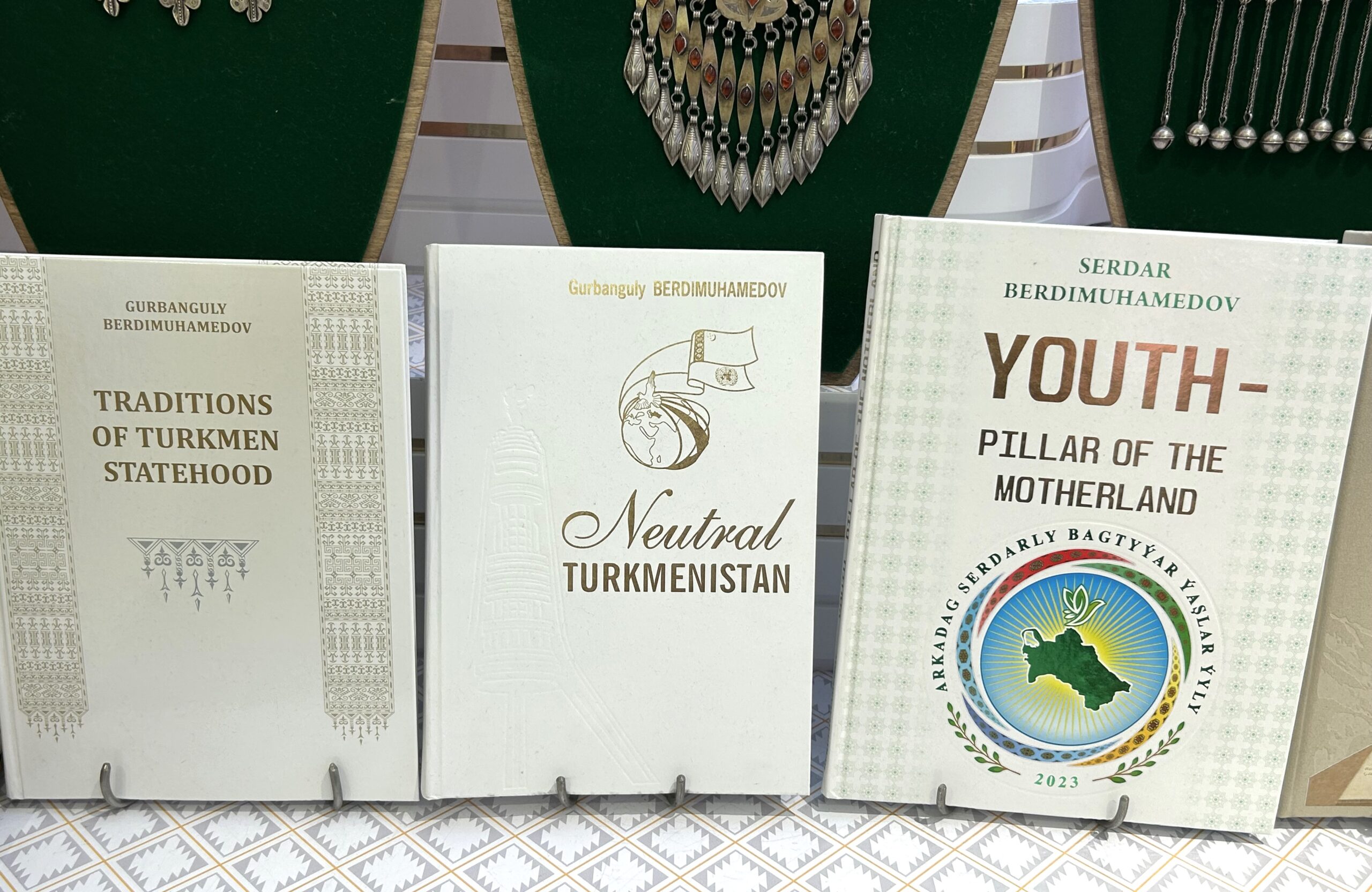 Books on display in the Turkmenistan Pavilion at the Osaka Expo 2025; image: TCA, Stephen M. Bland[/caption]
Gurbanguly Berdimuhamedov is now Chairman of the Halk Maslahaty, or People’s Council, having essentially handed over the presidency to his son, Serdar, in March 2022. Both will host an event dedicated to the 30th anniversary of the UN’s official recognition of Turkmenistan’s permanent neutrality, and Serdar has managed to publish his latest book, Turkmenistan's Neutrality: A Bright Path to Peace and Trust, just ahead of the commemoration. Iranian President Masoud Pezeshkian is confirmed to attend. Russian President Vladimir Putin is scheduled to be in Ashgabat. The other four Central Asian presidents are expected to be there also. Other leaders might be on hand.
It is a grand celebration to mark something that happened in the course of a few minutes 30 years ago, but it has taken on a significance for Turkmenistan that no one could have predicted on December 12, 1995.
Books on display in the Turkmenistan Pavilion at the Osaka Expo 2025; image: TCA, Stephen M. Bland[/caption]
Gurbanguly Berdimuhamedov is now Chairman of the Halk Maslahaty, or People’s Council, having essentially handed over the presidency to his son, Serdar, in March 2022. Both will host an event dedicated to the 30th anniversary of the UN’s official recognition of Turkmenistan’s permanent neutrality, and Serdar has managed to publish his latest book, Turkmenistan's Neutrality: A Bright Path to Peace and Trust, just ahead of the commemoration. Iranian President Masoud Pezeshkian is confirmed to attend. Russian President Vladimir Putin is scheduled to be in Ashgabat. The other four Central Asian presidents are expected to be there also. Other leaders might be on hand.
It is a grand celebration to mark something that happened in the course of a few minutes 30 years ago, but it has taken on a significance for Turkmenistan that no one could have predicted on December 12, 1995.
New CIVICUS Report Warns of Mounting Restrictions on Freedoms in Turkmenistan
The global civil society alliance CIVICUS has published an updated report on the worsening state of rights and freedoms in Turkmenistan. The document, compiled by the International Partnership for Human Rights (IPHR) and the Turkmen Initiative for Human Rights (TIHR), covers the period from June to November 2025 and outlines several disturbing trends. According to the report, Turkmen authorities continue to target individuals they deem politically “inconvenient.” This includes former political prisoners, who, despite their release, remain under tight surveillance and face ongoing restrictions. The report highlights an intensifying crackdown on freedom of expression. While state-controlled media project an image of national prosperity, the country is, in reality, grappling with a prolonged socio-economic crisis and widespread human rights abuses. One section focuses on the growing phenomenon of transnational repression. Human rights groups report that Turkmenistan’s security services have increased pressure on dissidents living abroad. These efforts include attempts to forcibly repatriate activists with the cooperation of foreign governments, most notably in Turkey and Russia. CIVICUS also draws attention to expanding internet restrictions. The report suggests that these limitations are not solely politically driven but are also linked to corruption. Cybersecurity officials are alleged to intentionally disrupt internet access to boost demand for censorship circumvention tools, tools that are often monetized through state-controlled channels. Another concern is the continued practice of compulsory mobilization for public events. Citizens are routinely forced to participate in state-organized gatherings, with those who refuse facing threats of punitive measures. Earlier this year, The Times of Central Asia reported that in the lead-up to Turkmenistan’s celebration of the 30th anniversary of its status as a permanently neutral state on 12 December, international human rights organizations had urged Ashgabat to release civil society activists jailed on politically motivated charges.
China’s Power Play in Central Asia’s Energy Sector
China is steadily expanding its influence in Central Asia’s oil and gas sector through multi-billion-dollar investments, long-term supply agreements, and a growing network of strategic partnerships. From Kazakhstan to Turkmenistan, Beijing’s state-backed companies are securing key upstream and midstream assets, financing new petrochemical and pipeline projects, and positioning themselves as indispensable players in the region’s resource development.
This expansion is driven not only by China’s rising energy demand, but also by Beijing’s ambition to establish durable overland energy corridors that reduce reliance on maritime routes vulnerable to disruption. Central Asia’s existing and planned pipelines provide China with rare direct access to oil and gas fields across its western frontier, making the region a focal point of its broader energy-security strategy and a cornerstone of Beijing’s efforts to diversify supply while deepening political and economic footholds across Eurasia.
Kazakhstan Eyes Chinese Investment Amid Lukoil Sanctions Kazakhstan may seek to transfer Russian company Lukoil’s stake in the offshore Kalamkas-Khazar oil and gas project to a new partner, with some industry channels, including the Telegram channel Energy Monitor, speculating about possible Chinese interest. Lukoil, which has been targeted by Western sanctions, is reportedly planning to exit Kalamkas-Khazar Operating LLP, a joint venture with KazMunayGas (KMG). Each company currently holds a 50% stake. Some commentators have suggested that a Chinese investor could step in, but no replacement has been officially confirmed. Seconded engineers from KMG Engineering are expected to be withdrawn from the project as of January 1, 2026, with several Kalamkas-Khazar staff members temporarily reassigned to other KMG subsidiaries until a new partner is confirmed. The project is considered highly promising, with earlier estimates citing reserves of 81 million tons of oil and 22 billion cubic meters of gas. New exploration has identified additional oil-bearing structures. A final investment decision (FID) worth more than $6.5 billion was originally expected by the end of 2025. However, U.S. sanctions against Lukoil have delayed progress. Located 120 km from the Kashagan field in the North Caspian Basin, the Kalamkas-Khazar block comprises the Kalamkas-More and Khazar fields. The site is situated in Kazakhstan’s Mangistau Region, 60 km from the Buzachi Peninsula. KazMunayGas Chairman Askhat Khasenov previously confirmed that production was expected to begin in 2028-2029, with peak output reaching four million tons annually. Lukoil was sanctioned by the UK on October 15, followed by the U.S., complicating ongoing negotiations. Despite this, major projects where Lukoil holds minority stakes, such as Tengiz, Karachaganak, and the Caspian Pipeline Consortium, have not been impacted. A Lukoil withdrawal would create a rare opening for China to secure its first significant offshore position in the North Caspian, a zone historically dominated by Western majors and Russian firms. Such an entry would represent a notable shift in Kazakhstan’s offshore partnership landscape. Beijing's Billion-Dollar Energy Deals in Kazakhstan In September 2025, President Kassym-Jomart Tokayev announced a series of energy deals with China valued at $1.5 billion. During his official visit to China, more than 70 commercial agreements totaling approximately $15 billion were signed, several directly involving Kazakhstan’s oil and gas sector. The breadth of agreements indicates that Kazakhstan is aiming to move beyond raw-resource exports and position itself as a regional petrochemical and processing hub integrated with Chinese industrial supply chains. Key projects include the construction of a gas chemical complex in the Aktobe Region to produce urea, with China National Petroleum Corporation (CNPC) expected to invest around $1 billion. The China Development Bank has also signaled its readiness to finance the construction of trunk pipelines for transporting ethane and propane in the Atyrau Region, with investment volumes reported at around $530 million. China’s CNOOC has been reported as receiving a contract for exploration and production at the Zhylyoi field in the Atyrau Region in June, and on December 3, KazMunayGas launched a joint venture with Sinopec to carry out geological surveys. In October, KazMunayGas announced a new contract with a Sinopec subsidiary to explore and develop hydrocarbons in the Berezovsky area of the West Kazakhstan Region. During a visit to China in August 2024, KMG Chairman Askhat Khasenov held high-level meetings with CNPC and Sinopec to discuss joint ventures in petrochemicals, geological exploration, refining, and transport. Among the projects was the urea complex, addressing Kazakhstan’s domestic demand of 350,000-400,000 tons annually. Other initiatives include gas processing at the Urihtau field, expansion of the Shymkent Oil Refinery (PKOP LLP), and increasing capacity along the Atyrau-Kenkik and Kenkik-Kumkol oil pipelines. Additionally, talks covered plans to manufacture polyethylene, terephthalic acid (TFC), and polyethylene terephthalate (PET), with total investments that could exceed $8 billion. Many of these projects fall under the China–Kazakhstan Industrial Capacity Cooperation framework, which Beijing uses to export Chinese engineering, technology, and financing models abroad. Despite strengthening ties with Beijing, Kazakh officials stress that the country remains open to investment from the U.S., Russia, and the European Union. The development of Kazakhstan’s fuel and energy complex remains a central pillar of the national economic strategy. China's Deepening Energy Ties with Uzbekistan and Turkmenistan China is also solidifying its energy partnerships with Uzbekistan. In October, Uzbekistan’s Ministry of Energy met with a CNPC delegation led by Chairman Dai Houliang to discuss projects such as the Central Asia-China gas pipeline, new gas condensate field development in the Bukhara Region, underground storage construction, and workforce training for the energy sector. CNPC’s direct investments in Uzbekistan now exceed $5 billion. Through its joint venture with Uzbekneftegaz, CNPC has built parts of the Central Asia-China gas pipeline, developed the Mingbulak oil field, and modernized the Bukhara refinery. Uzbekistan has embraced Chinese financing as it works to reverse declining gas output and manage recurring domestic shortages, making Beijing an increasingly vital partner in stabilizing the sector. In Turkmenistan, CNPC is developing the fourth phase of the massive Galkynysh gas field, with a planned annual capacity of ten billion cubic meters. This project follows high-level talks between President Serdar Berdimuhamedov and Chinese President Xi Jinping in Beijing in September. China currently imports about 40 billion cubic meters of Turkmen gas annually via three pipeline routes: A, B, and C. With the completion of Line D, total export capacity is expected to rise to 65 billion cubic meters per year. Turkmenistan sends more than 80% of its gas exports to China, giving Beijing unparalleled leverage in the country’s energy sector and making the completion of Line D strategically important for both sides. China’s Emerging Dominance in Central Asia’s Energy ArchitectureTaken together, these developments show how China is embedding itself across the entire Central Asian energy ecosystem, not only as a buyer of hydrocarbons but increasingly as a financier, operator, and industrial partner. Beijing’s state-backed companies are moving upstream into exploration and production, downstream into petrochemicals and refining, and horizontally into pipeline construction, gas storage, and equipment manufacturing. This multi-layered presence is allowing China to shape investment decisions, infrastructure layout, and export routes across Kazakhstan, Uzbekistan, and Turkmenistan.
By leveraging long-term financing, rapid project execution, and integration into Chinese supply chains, Beijing is steadily building structural influence in a region where Russia once dominated and where Western companies now play more selective roles. The result is an emerging energy order in which China is positioned not simply as a commercial actor, but as a central external power capable of setting the pace and direction of the region’s resource development.
Human Rights Groups Urge Turkmenistan to Release Activists Ahead of Neutrality Anniversary
As Turkmenistan prepares to mark the 30th anniversary of its policy of permanent neutrality, international human rights organizations are urging the government to commemorate the occasion by releasing civil society activists imprisoned for peacefully expressing their views. In a joint appeal, the International Partnership for Human Rights (IPHR), the Turkmen Initiative for Human Rights (TIHR), Turkmen.News, and the Norwegian Helsinki Committee (NHC) called on Turkmen authorities to use the milestone as an opportunity to take a humanitarian step by pardoning activists jailed on politically motivated charges. The organizations emphasized that presidential pardons remain the only available legal mechanism for early release in Turkmenistan. Including these cases in the official pardon process, they argue, would demonstrate the country’s willingness to align with international human rights standards. Among the prisoners named in the appeal is Mansur Mingelov, a human rights activist who has been incarcerated since 2012. He is serving a 22 year sentence after publicly denouncing the abuse of ethnic Baloch people. Another activist, Murat Dushemov, was sentenced to four years for publicly criticizing the government and its handling of the COVID-19 pandemic. He was expected to be released in the summer of 2025. The rights groups also expressed growing concern about activists and citizen journalists who were detained abroad and reportedly subjected to forced return to Turkmenistan, where they face prosecution under opaque legal processes. Citizen journalists Alisher Sakhatov and Abdulla Orusov were detained in Turkey in April 2025 on charges of “threatening public safety.” Farhat Meymankuliev was deported from Turkey in 2023 and, according to human rights monitors, subsequently imprisoned following a closed trial. In another case, Malikberdy Allamyrradov was secretly transferred from Russia to Turkmenistan in December 2023 and later charged with assaulting a cellmate. Saddam Gulamov was also forcibly returned from Russia and sentenced to a prison colony in the Lebap region. The human rights groups argue that freeing these individuals would send a strong message of goodwill during a major national celebration and offer a concrete signal of Turkmenistan’s readiness to uphold its international obligations.
Sunkar Podcast
Central Asia and the Troubled Southern Route

